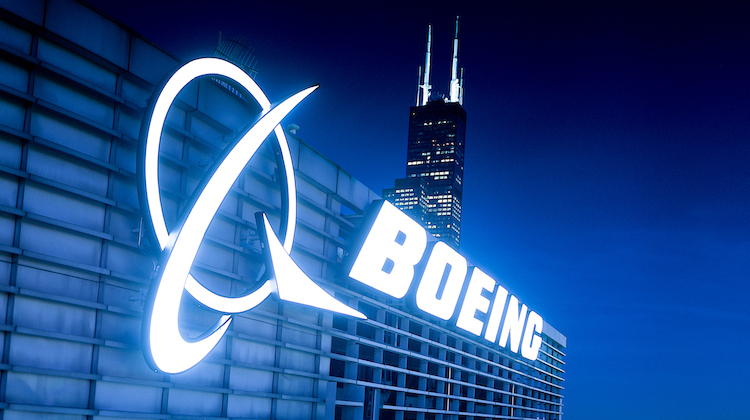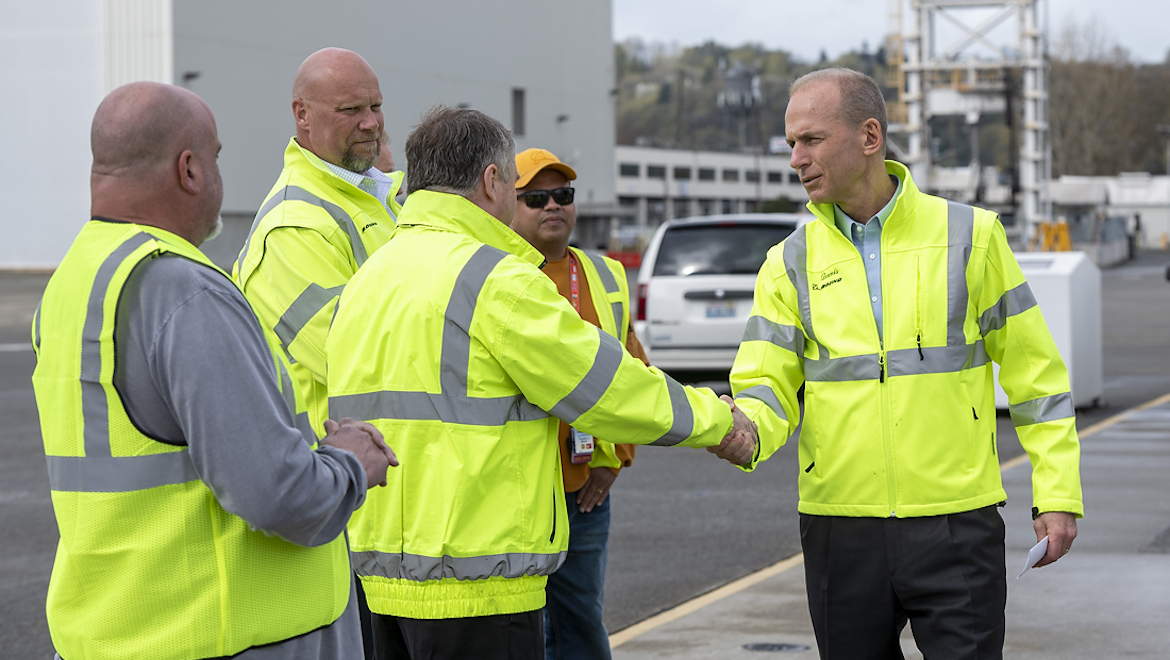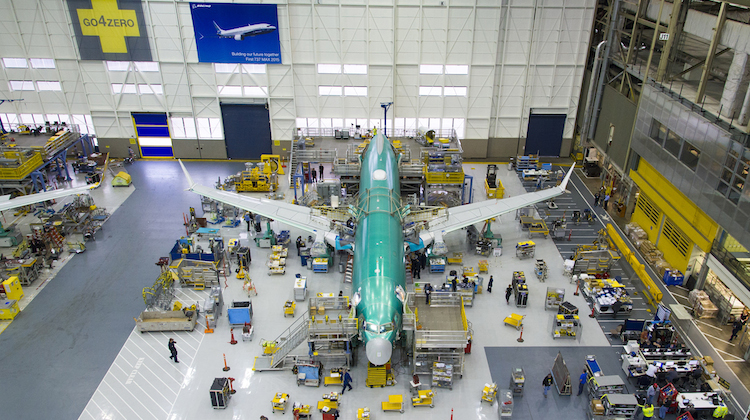
The Boeing board has appointed its independent lead director David Calhoun as non-executive chairman, splitting the chairman and chief executive roles that were both previously held by Dennis Muilenburg.
This would enable Muilenburg to focus full-time on running the company as it worked to return the grounded 737 MAX safely to service, Boeing said in a statement on Friday (US time). Muilenburg retained the position of president and remains on the board.
“The board has full confidence in Dennis as CEO and believes this division of labor will enable maximum focus on running the business with the board playing an active oversight role,” Calhoun said in the Boeing statement.
Further, Calhoun said the board also planned to name a new director with “deep safety experience and expertise” who would also be a member of the recently established aerospace safety committee.”
Muilenburg, who has been with Boeing 33 years, said in the same statement he was supportive of the board’s action.

The global fleet of the 737 MAX has sat grounded for seven months following two fatal crashes that killed all 346 on board with no definitive timeframe when the aircraft will become airborne again. A anti-stall feature on the 737 MAX, known as the Manoeuvring Characteristics Augmentation System, was implicated in both the Lion Air and Ethiopian Airlines accidents.
The splitting of Muilenburg’s chief executive and chairman roles also coincided with the release of a stinging report by the Federal Aviation Administration’s (FAA) Joint Authorities Technical Review (JATR) investigating the 737 MAX’s flight control system.
The JATR team, made up of 28 members of the FAA, the National Aeronautics and Space Administration (NASA) and representatives from nine civil aviation authorities including Australia, raised a number of concerns in the FAA and Boeing’s approach in certifying the MCAS system.
The 69-page report identified specific areas related to the evolution of the design of the MCAS where the certification deliverables were not updated during the certification program to reflect the changes to this function within the flight control system.
It also said the MCAS software “was not evaluated as a complete and integrated function in the certification documents that were submitted to the FAA”.
Also, the report found design assumptions were not adequately reviewed, updated, or validated; possible flight deck effects were not evaluated; the system safety assessment (SSA) and functional hazard assessment (FHA) were not consistently updated; and potential crew workload effects resulting from MCAS design changes were not identified.
Further, the MCAS design was based on data, architecture and assumptions that were reused from a previous aircraft configuration without sufficient detailed aircraft-level evaluation of the appropriateness of such reuse, and without additional safety margins and features to address conditions, omissions, or errors not foreseen in the analyses.
“The lack of a unified top-down development and evaluation of the system function and its safety analyses, combined with the extensive and fragmented documentation, made it difficult to assess whether compliance was fully demonstrated,” the JATR team said.
The report made 12 recommendations, including getting the FAA to review the stalling characteristics of the 737 MAX without MCAS and its associated systems to determine if unsafe characteristics existed – in which case a review needed to be done of the system design.

FAA Administrator Steve Dickson said the organisation welcomed the scrutiny of the JATR and that it was confident “that our openness to these efforts will further bolster aviation safety worldwide”.
And Dickson said the fatal accients of Lion Air in Indonesia and Ethiopian Airlines were “a somber reminder that the FAA and our international regulatory partners must strive to constantly strengthen aviation safety”.
Boeing has said previously it expected to aircraft to be back flying by the end of calendar 2019.
However, the fix to MCAS was still not delivered to FAA. In response, airlines such as American Airlines, Southwest and United to push back flight schedules for the aircraft into 2020.
Aviation authorities around the world have also said they will not immediately follow the FAA’s lead to approve the plane to fly again, resulting in a phased in approach.
The JATR report can be found on the FAA website.











